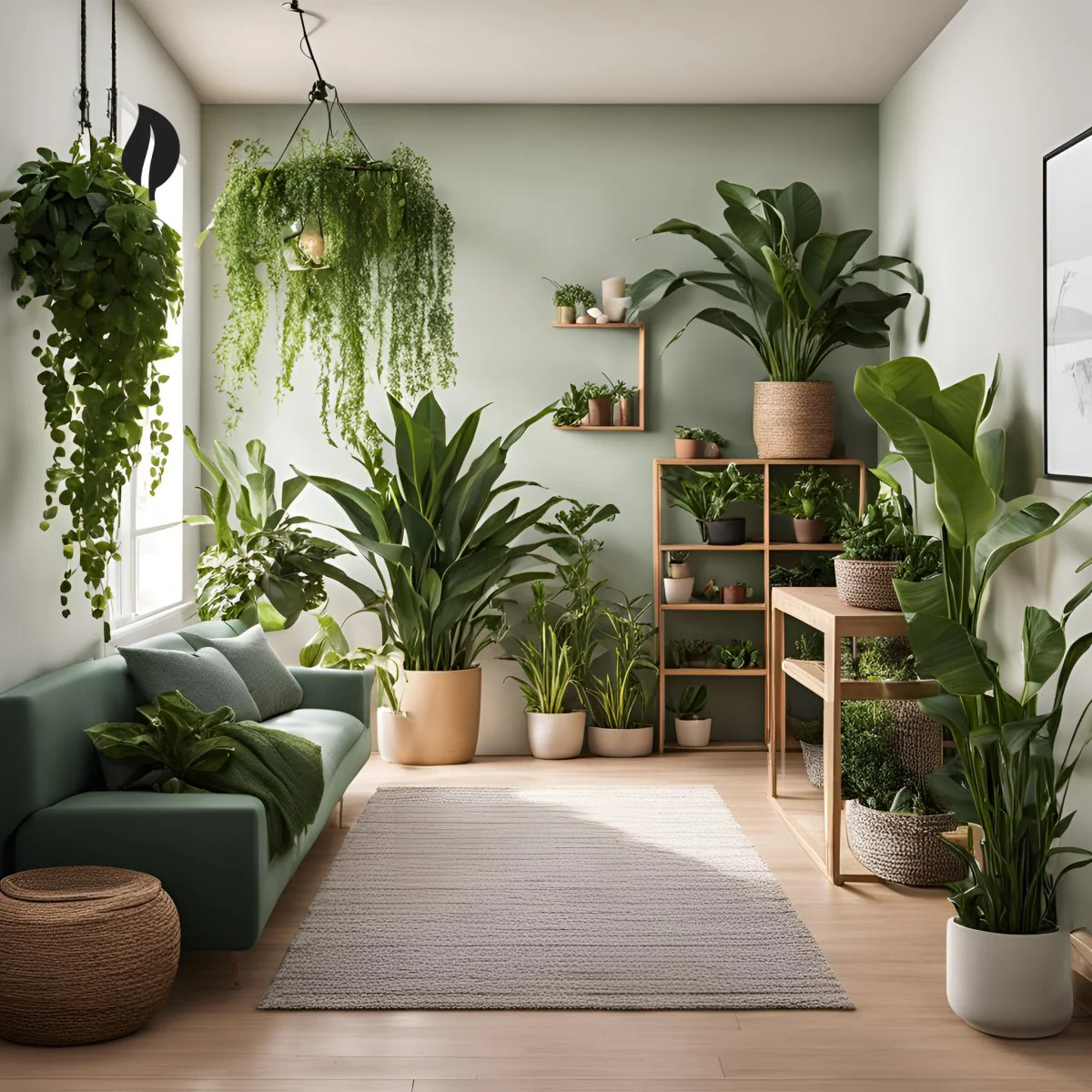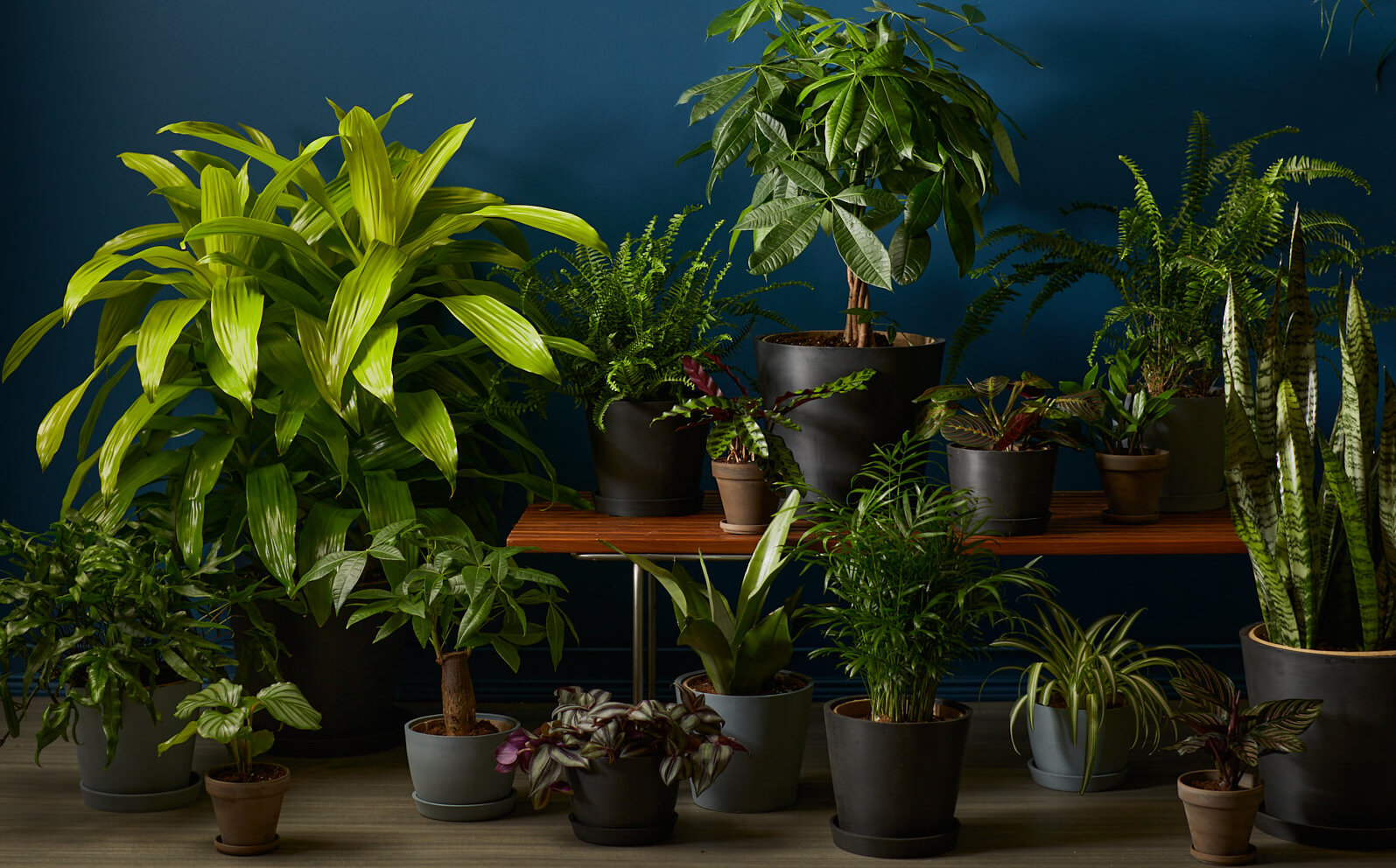Best Low-Light Indoor Plants for Creating a Relaxing and Green Environment
Best Low-Light Indoor Plants for Creating a Relaxing and Green Environment
Blog Article
Discover the Best Low-Light Indoor Plants for Enhancing Your Home Decor
Incorporating low-light indoor plants into your home decor can considerably improve both visual appeals and atmosphere, especially in rooms that do not have bountiful natural light. Ranges such as the Snake Plant and ZZ Plant not just bring life to dim corners yet likewise add to improved air high quality and total well-being.

Why Pick Low-Light Plants
Why choose low-light plants in your interior spaces? The modern-day living setting commonly presents obstacles such as minimal all-natural light, making it challenging for typical houseplants to prosper. Low-light plants are particularly adjusted to prosper and make it through in these problems, using a viable service for individuals looking for to boost their indoor areas without the included tension of keeping a lot more light-demanding vegetation.
Along with their strength, low-light plants add dramatically to the aesthetics of a space. Their varied variety of sizes, shades, and forms permits special interior decoration chances, developing welcoming and dynamic environments. Furthermore, indoor plants are understood for their air-purifying qualities, boosting interior air top quality by filtering toxic substances and launching oxygen, which can boost overall wellness.
Low-light plants additionally call for very little maintenance, making them particularly appealing to busy individuals or those new to gardening. Their adaptability permits placement in various environments, from workplace to poorly lit edges of the home. By picking low-light plants, you can enjoy the benefits of plant without the constraints that frequently accompany conventional gardening, eventually fostering a healthier and extra aesthetically enticing indoor environment.
Leading Low-Light Indoor Plants
For those seeking to enhance their interior rooms with greenery that flourishes in low-light conditions, numerous plant choices stand apart for their strength and aesthetic charm. The Serpent Plant (Sansevieria trifasciata) is a preferred option, known for its upright, sword-like fallen leaves and capability to tolerate neglect. This hardy plant can endure in dimly lit locations while enhancing indoor air top quality.
An additional superb choice is the Pothos (Epipremnum aureum), defined by its heart-shaped leaves and routing vines. Pothos is not just versatile to low light yet likewise supplies a striking aesthetic contrast when positioned on shelves or hanging baskets.
The ZZ Plant (Zamioculcas zamiifolia) is just as excellent, flaunting shiny, dark eco-friendly fallen leaves that can brighten up any kind of corner. Its drought resistance makes it suitable for busy house owners.
Treatment Tips for Low-Light Plants
How can you make certain that your low-light indoor plants thrive regardless of restricted sunshine? Select the proper potting mix that gives good water drainage while keeping wetness. A well-aerated dirt, such as a blend of potting dirt and perlite, can aid avoid origin rot.
Watering is essential; low-light plants generally require less regular watering contrasted to their sun-loving equivalents. Constantly check the top inch of the soil-- if it really feels dry, it's time to water. Be careful of overwatering, as this can cause fungal concerns and origin degeneration.
Fertilizing low-light plants ought to be done moderately - Best low-light indoor plants. Use a balanced, water-soluble fertilizer during the expanding season, however eliminate or lower fertilization in the dormant months
Furthermore, dirt can gather on fallen leaves, hindering photosynthesis. Gently wipe the leaves with a damp cloth to maintain them clean.
Lastly, observe your plants closely. Signs of distress, such as yellowing leaves or leggy growth, can indicate that your plant needs adjustments in treatment (Best low-light indoor plants). By following these treatment pointers, your low-light interior plants can prosper, adding elegance and vigor to your home
Innovative Ways to Show Plants
Boosting the aesthetic appeal of your indoor room can be achieved by attentively presenting your low-light plants in innovative methods. Consider using vertical space to your benefit; wall-mounted racks can display trailing plants like pothos or philodendron, including lushness while conserving flooring space. Utilize plant stands of varying heights to develop visual interest and deepness, attracting the eye upward.
Hanging planters are an additional excellent alternative, supplying a significant impact when suspended from the ceiling or hooks. Macramé wall mounts can present structure and bohemian flair, while modern-day ceramic hangers can suit a minimal aesthetic. For an extra ingenious method, repurpose unique containers such as classic teacups or glass jars, which can include character to your screen.
Organizing plants in clusters is additionally efficient; use differing pot sizes and colors to create a natural look. This technique not only improves try here visual influence but likewise provides an all-natural habitat feeling - Best low-light indoor plants. Think about positioning plants near light sources like lights or windows to maximize their development and showcase their dynamic foliage, hence Get More Info enhancing the general atmosphere of your interior environment.
Benefits of Indoor Plant
Many studies have actually shown that including interior greenery right into your living room offers a multitude of benefits, enhancing both physical and psychological wellness. One of one of the most substantial benefits of interior plants is their ability to enhance air high quality. Plants take in carbon dioxide and launch oxygen, producing a healthier ambience while additionally filtering system out damaging contaminants, thus promoting breathing health.
Furthermore, the presence of plant has actually been linked to decreased stress and anxiety degrees. Research shows that connecting with plants can reduce cortisol degrees, which are related to tension. This calming result can lead to improved state of mind and boosted productivity, making interior plants a suitable addition to workspaces.
Additionally, indoor greenery can boost cognitive function. Studies recommend that settings enhanced with plants can cause increased emphasis, creative thinking, and overall psychological clarity. The visual allure of indoor plants additionally adds to an extra welcoming and pleasurable environment, favorably affecting social communications and overall complete satisfaction within a room.
Final Thought

Incorporating low-light interior plants read this article right into your home decor can significantly improve both aesthetics and environment, specifically in rooms that lack bountiful natural light. Ranges such as the Serpent Plant and ZZ Plant not only bring life to lower edges but likewise add to improved air high quality and total well-being. Indoor plants are recognized for their air-purifying high qualities, boosting interior air quality by filtering contaminants and releasing oxygen, which can enhance overall wellness.
For those looking for to boost their interior areas with plant that thrives in low-light problems, several plant choices stand out for their strength and aesthetic appeal. These resistant plants, such as the Snake Plant and ZZ Plant, prosper in dark conditions and need very little upkeep, making them suitable for various lifestyles.
Report this page